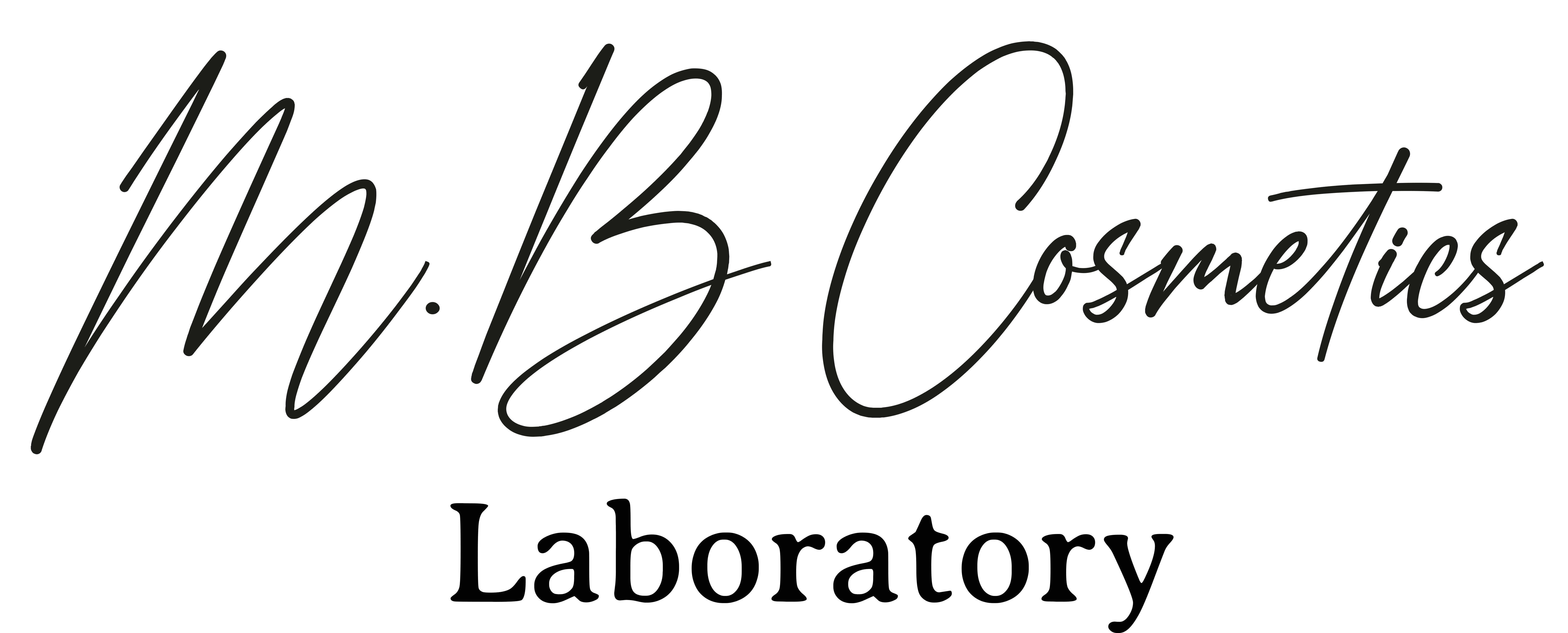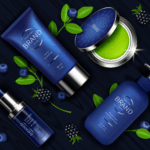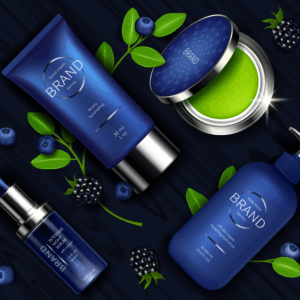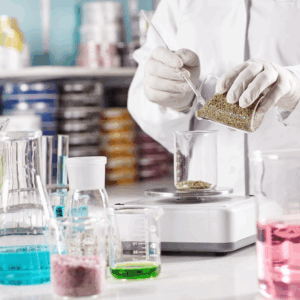Let’s stir up some magic in the lab with today’s hot topic: how to know when to move your skincare manufacturing from the kitchen to a professional cosmetic lab, what really changes in quality and compliance, and how to make the transfer feel calm rather than chaotic.
Your brand is getting traction. Customers are repurchasing. Stockists are asking for wholesale price lists. Yet every time you pour a new batch at home you feel the limits: inconsistent texture, exhaustion, limited equipments, small batches only and a growing backlog of admin. Moving production to a professional lab is not an admission that the magic is gone. It is the moment you protect that magic and make it repeatable at scale. In this guide I will help you recognise the signs that it is time to outsource, explain exactly what changes when you move to a third-party cosmetic lab, and show how we bridge the gap so your product line becomes truly retail ready.
The Moment You Know You Have Outgrown The Kitchen
Growth exposes weak points. Domestic mixers and small vessels cannot always reproduce the same shear profile batch after batch, where a professional lab locks process parameters so your emulsion structure, viscosity and pay-off remain stable across the shelf life.
The second sign is time. If you spend more hours decanting and cleaning than building the business, you are at a bottleneck. Scaling requires time for sales, wholesale onboarding and education. Outsourcing production gives you those hours back without sacrificing quality.
The third signal is regulatory weight. Once you move beyond friends and artisan markets, the compliance stack becomes real. In the European Union you must have a Responsible Person (it can be you), a complete Product Information File with a signed Cosmetic Product Safety Report, manufacturing under cosmetic GMP and notification in the CPNP before first sale. If retailers are evaluating you, they will expect stability test reports, a preservation rationale, microbiology reports and clean INCI and allergen lists on your labels. A professional lab works to this standard as routine.
There may be many other signs but these three are the most frequent!
What Changes The Day You Step Into A Professional Lab
The first thing you notice is method. A good lab writes a manufacturing method that is more than a few points on a notepad. It defines phase temperatures, shear, cool-down rates and order of addition that protects fragile actives. That recipe gives you repeatability.
The second thing is testing becomes structured. Stability moves from guesswork to a justified programme in your actual packaging under ambient and elevated conditions, with light exposure where relevant. Preservation is verified when the format warrants it, and microbiological quality expectations are defined for batch release.
The third thing is documentation turns into an asset. Raw material specifications, supplier declarations, extended allergen statements for fragrances, IFRA conformity, heavy metal logic for colour where applicable and the final labels flow into the safety assessment. The assessor signs with confidence, CPNP files cleanly and retailer technical reviews move quickly.
The fourth change is packaging becomes part of the formula. Compatibility checks catch interactions between perfume and plastics, stress cracking in jars and dose drift in pumps long before they reach customers. If your brand loves clear bottles but your active is light sensitive, a lab will tell you early and show an elegant opaque alternative that protects performance and aesthetics.
The fifth change is timelines. You can launch faster, re-stock faster, order larger quantities, accept larger orders, sell wholesale and predict cost per unit so you can adjust your retail costs, know what types of discounts you can offer, have more budget for marketing, etc.
How A Technical Transfer Actually Works
Brands often fear that moving to a lab means losing control of the formula. In reality, technical transfer is collaborative. We begin with a discovery meeting to understand your needs, brand values, markets and price point. We collect your current formula, raw material specs and any lab notes, then remake the batch under controlled conditions to make sure that our sample matches your specifications before moving to a larger scale production. We scale methodically, adjusting shear, heat and time to maintain the same structure at larger volumes. If the base needs refinement, we communicate on that, help you rebuild the architecture to preserve brand identity and let you know whether these changes will trigger a new round of tests or not. At each step, we document what changed and why, because that documentation feeds your safety assessment and your long-term consistency.
MOQ, Costing And Why Volumes Feel Different At Scale
Minimums feel arbitrary until you see the cost structure. Raw materials arrive in pack sizes that rarely match micro-batches. Filling lines run most efficiently above certain volumes. Labels, cartons and shippers gain price breaks at sensible steps. A good lab is transparent about the economics and will help you design an assortment that uses common components to leverage scale. Sometimes one bottle across two serums saves more money than hunting a cheaper active. Sometimes an airless family across three SKUs unlocks quality and cost advantages because you buy pumps at a better tier and you simplify preservation.
Common Fears That Do Not Have To Be True
Founders often worry about losing intellectual property, losing agility or losing brand voice. A clear development agreement keeps ownership straight. Change control does not kill agility, it records it so you can reproduce success. Your voice belongs on pack and on product pages, not inside the method of manufacture. The lab’s job is to give you a texture that makes your promise believable, a file that makes your product lawful and a pack that protects the experience you want customers to remember.
A Simple Migration Roadmap You Can Trust
Start with one SKU. Move your best seller first and prove to yourself that the quality, paperwork and operations feel better. Then move the rest of the line. You do not need to outsource everything at once to feel the benefit. Momentum and confidence come from a clean win, not from an abrupt overhaul. Define acceptance criteria for success in advance so you can measure the improvement rather than only feel it.
How We Bridge The Gap At MB Cosmetics Laboratory
Our role is to make the leap from hobby to high street feel calm. We start with a short audit of your current formula and files, then propose the lightest-touch path that will deliver consistency and compliance. We scale your base and protect your brand identity. Where necessary, we rebuild the architecture to remove instability or to design preservation for real bathrooms. We coordinate extended allergen statements with your fragrance house, structure stability and compatibility in your actual packaging and help you prepare the INCI and labelling a buyer expects to see. We manufacture under cosmetic GMP.
Outgrowing the kitchen is a milestone to celebrate. It means your idea has customers, your formulas have fans and your brand has a future worth protecting. A professional lab does not replace your creativity. It gives it the structure and scale it deserves.
Here’s to formulas that work and brands that thrive!
From my lab to yours,
Rose








Add comment